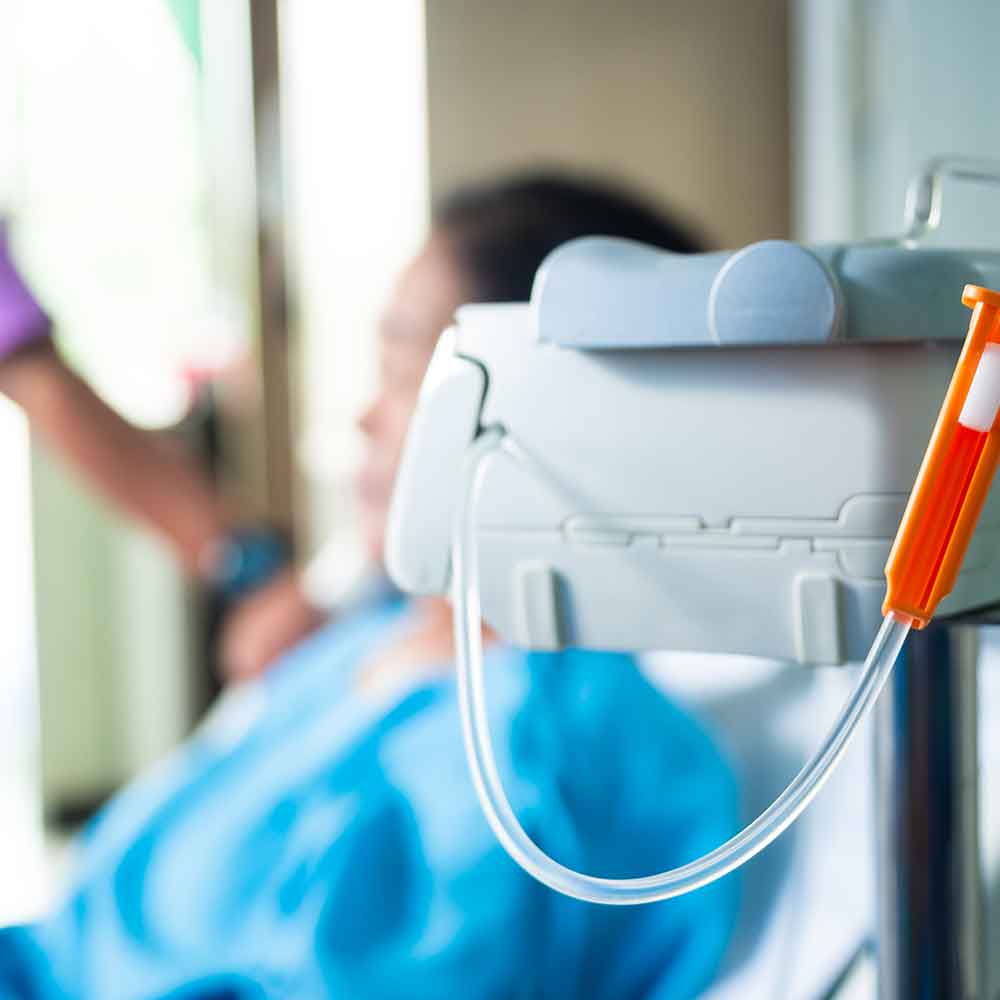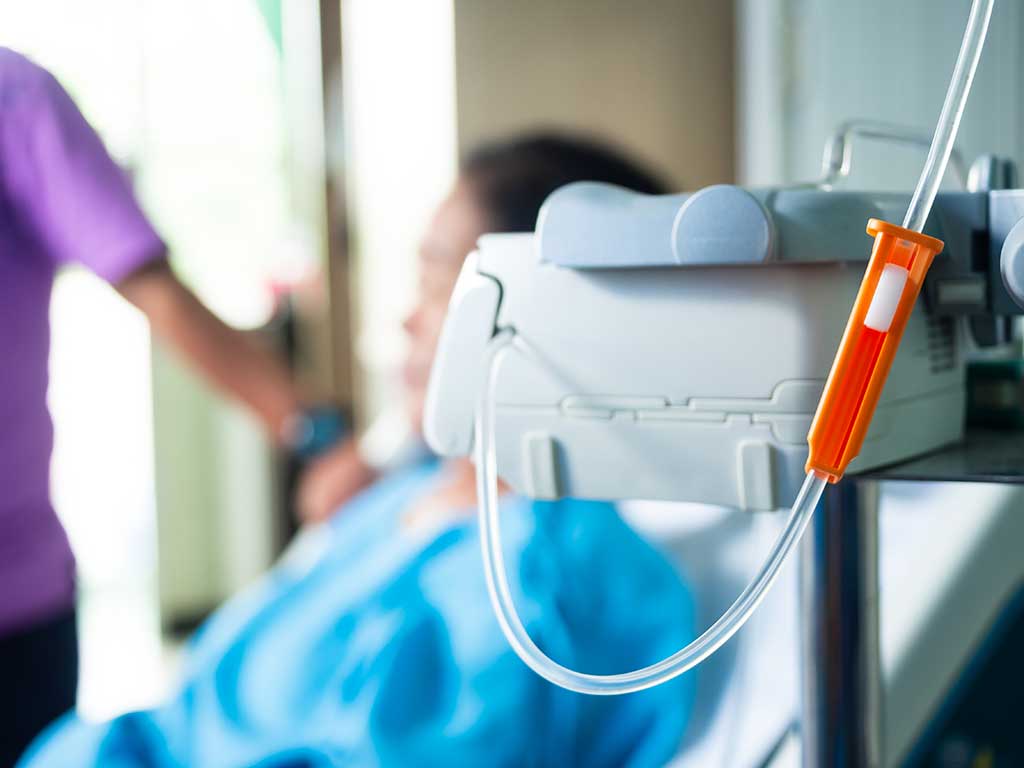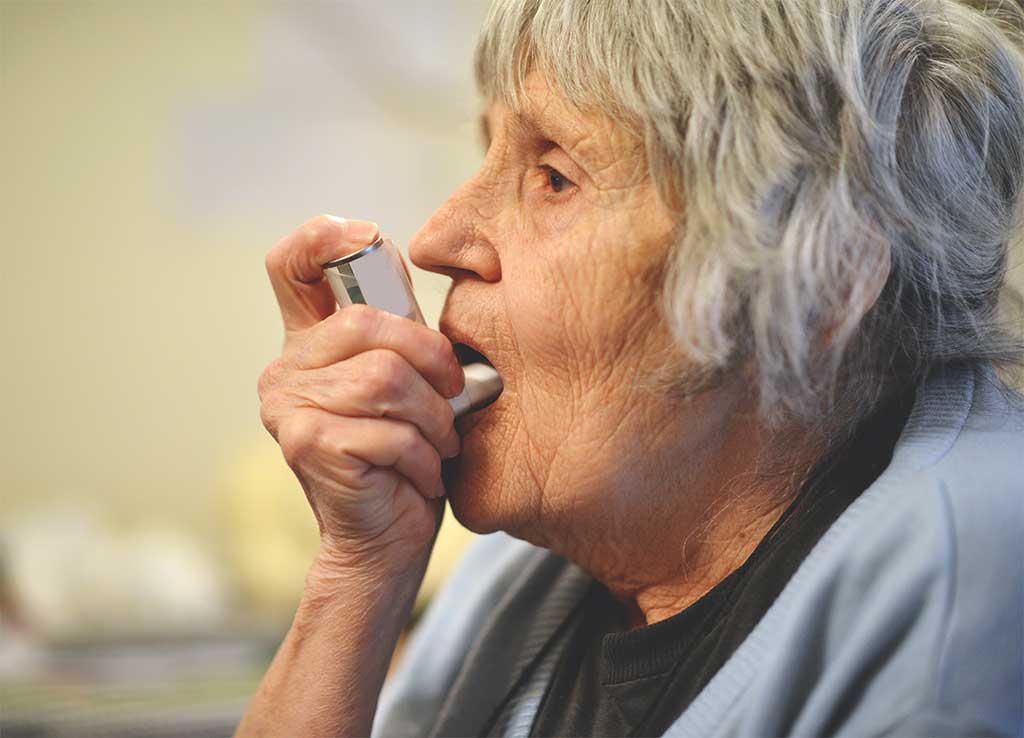

NSW Health has issued a safety notice on post-injection syndrome related to olanzapine long-acting injections (LAI). Post-injection syndrome (PIS) can arise due to the inadvertent intravascular injection of olanzapine. This syndrome presents with signs of overdose such as sedation or delirium and may also include extrapyramidal symptoms, dysarthria, ataxia, or convulsions. While recovery from PIS is expected to occur within 24 to 72 hours, NSW Health has reported a death associated with PIS that was not recognised.
The onset of PIS symptoms ranges from immediate to up to five hours post-injection. A large observational study reports that around 91% of cases occur within the first hour of injection and 96% occur within two hours of injection. The product information recommends an observation period of at least two hours following each administration of olanzapine LAI. This observation period should be extended as appropriate for any patients who exhibit signs or symptoms of PIS. Patients should also be advised not to drive for the rest of the day and to remain vigilant for PIS symptoms after leaving the healthcare facility.
Post-injection syndrome is a rare event thought to occur in around 0.07% of olanzapine LAI administrations. It is not dose-related and may occur in patients who have previously received olanzapine LAI without incident. The syndrome has not been reported with other long-acting antipsychotic injections.


Alirocumab is now available on the Pharmaceutical Benefits Scheme (PBS) for the treatment of primary (heterozygous familial or non-familial) hypercholesterolaemia. Alirocumab is a monoclonal antibody that inhibits PCSK9 (proprotein convertase subtilisin/kexin type 9). Inhibition of this enzyme reduces the breakdown of low-density lipoprotein (LDL) receptors, increasing the number of these receptors available to clear LDL cholesterol from the blood.
The ODYSSEY OUTCOMES trial is a large, double-blind, placebo-controlled study of patients who have had an acute coronary syndrome and are receiving high-intensity statin therapy. An on-treatment analysis demonstrated that the mean LDL level was 62.7% lower in the alirocumab group compared to the placebo group at four months and 54.7% lower at 48 months.
With the exception of local injection-site reactions, the incidence of adverse events did not differ significantly between the two groups over a mean follow-up period of 2.8 years. Injection-site reactions are typically mild and transient and include itching, redness and swelling. It is recommended to rotate injection sites to minimise these effects.
Further information on PBS eligibility criteria is available on the PBS website.


The product information for empagliflozin-containing products (Jardiance®, Jardiamet®, and Glyxambi®) have been updated. These products are now contraindicated in patients with severe renal impairment with an estimated glomerular filtration rate (eGFR) of less than 30 mL/min/1.73 m2 (or a creatinine clearance of less than 30mL/min in the case of Jardiamet®)
Empagliflozin is a sodium-glucose linked transporter-2 (SGLT2) inhibitor used in the treatment of type 2 diabetes. It improves glycaemic control by reducing the renal tubular reabsorption of glucose. However, this effect is dependent upon renal function and reduces in renal impairment.
Studies demonstrate that SGLT2 inhibitors also have cardiorenal benefits that appear to be independent of their glucose-lowering action. The recent EMPEROR-Reduced trial investigated the cardiovascular and renal outcomes of empagliflozin in patients with an eGFR as low as 20 mL/min/1.73 m2. Analysis of this data suggests that empagliflozin retains key cardiorenal benefits regardless of the extent of renal impairment at baseline.
A transient reduction in eGFR may occur upon initiation of an SGLT2 inhibitor, particularly in patients with pre-existing renal impairment or hypovolaemia. Kidney Health Australia advises that SGLT2 inhibitors be withheld during periods of acute illness or dehydration in order to prevent acute kidney injury. Other available SGLT2 inhibitors (i.e. dapagliflozin and ertugliflozin) remain contraindicated in patients with an eGFR persistently <45 mL/min/1.73 m2 when used for glycaemic control.


The Pharmaceutical Benefits Scheme (PBS) listing for nivolumab and ipilimumab expanded on 1 July 2021. These agents are now subsidised when used in combination for the treatment of unresectable malignant mesothelioma.
The efficacy of this combination was investigated in the CheckMate 743 study, a clinical trial conducted in patients with unresectable malignant pleural mesothelioma. Patients were randomly assigned to receive nivolumab plus ipilimumab or standard chemotherapy (pemetrexed plus cisplatin or carboplatin). The primary endpoint of overall survival was significantly longer in the immunotherapy group. The median overall survival was 18.1 months in the immunotherapy group compared to 14.1 months in the chemotherapy group. In addition, the two-year overall survival rates were 41% for immunotherapy versus 27% for standard chemotherapy.
The incidence of severe or life-threatening treatment-related adverse events was similar in each group (30% for immunotherapy and 32% for chemotherapy). Immune-related reactions are commonly associated with nivolumab and ipilimumab. These reactions can affect any organ system and include gastrointestinal effects (e.g. diarrhoea, colitis), liver effects (e.g. hepatitis, raised liver enzymes), skin reactions (e.g. itch, vitiligo, toxic epidermal necrolysis), and endocrine disorders (e.g. thyroid dysfunction, hypophysitis).


A new triple therapy inhaler is available for the maintenance treatment of chronic obstructive pulmonary disease (COPD). Trimbow® contains the inhaled corticosteroid (ICS), beclometasone, the long-acting beta2 agonist (LABA), formoterol, and the long-acting muscarinic antagonist (LAMA), glycopyrronium.
The efficacy of this combination in a single inhaler was compared to beclometasone plus formoterol in a large double-blind trial. Patients randomised to receive triple therapy demonstrated a 23% reduction in exacerbations compared to dual therapy.
Trimbow® is now available on the PBS as a streamlined authority item. The clinical criteria is for patients who have experienced at least one severe exacerbation, or multiple moderate exacerbations, of COPD in the previous 12 months despite regular bronchodilator therapy. Patients must also have been stabilised on a combination of a LAMA, LABA, and an ICS.
The Trimbow® inhaler must be refrigerated prior to dispensing to the patient. However, patients may keep the inhaler below 30°C for up to two months. Patients should be advised to rinse their mouth after use to reduce the risk of oropharyngeal candida infections.


Progesterone pessaries are now available on the Pharmaceutical Benefits Scheme (PBS) for the prevention of preterm birth from at least 16 weeks gestation. The PBS criteria require that the patient has a singleton pregnancy and either a short cervix or a history of spontaneous preterm birth.
Progesterone is critical for the maintenance of pregnancy. The recommended dosage to prevent preterm birth is 200mg daily, preferably at night. Therapy should begin during the second trimester and continue until the end of the 36th week of gestation or until delivery.
A meta-analysis investigated the efficacy of vaginal progesterone in this setting. Vaginal progesterone was found to significantly reduce the risk of preterm birth at 33 weeks gestation or less (14% versus 22% for placebo). The number needed to treat (NNT) to avoid one preterm birth was calculated to be 12. Vaginal progesterone was also associated with a reduced risk of respiratory distress syndrome, low birth weight, and admission to neonatal intensive care. This study found no significant differences in the frequency of maternal adverse events or congenital anomalies in the vaginal progesterone group compared to the placebo group.


The product information has been updated for Lynparza® (olaparib) tablets to reflect its new indication. Lynparza® tablets are now also indicated as monotherapy for BRCA-mutated metastatic castration-resistant prostate cancer that has progressed following therapy with a new hormonal agent (e.g. enzalutamide or abiraterone).
Olaparib is an inhibitor of PARP (poly (ADP-ribose) polymerase), an enzyme that facilitates DNA repair. In replicating cells, PARP Inhibition can lead to double-stranded DNA breaks. Tumour cells with mutations in BRCA1 or BRCA2 cannot effectively repair these DNA breaks, leading to cell death.
The PROfound study investigated the effectiveness of olaparib in prostate cancer compared to physician’s choice of enzalutamide or abiraterone. The primary endpoint of imaging-based progression-free survival was significantly longer in the olaparib group (7.4 months) compared to the control group (3.6 months). The most common adverse events reported were anaemia, nausea, and fatigue or asthenia with olaparib and fatigue or asthenia in the control group. Adverse events of grade 3 or higher occurred more frequently in the olaparib group than the control group (51% versus 38%).
Olaparib is not currently subsidised on the Pharmaceutical Benefits Scheme (PBS) for the treatment of prostate cancer. The PBS indications are limited to high-grade epithelial ovarian, fallopian tube or primary peritoneal cancer.


Epidyolex® recently became the first medicinal cannabis product to be listed on the Pharmaceutical Benefits Scheme (PBS). This oral cannabidiol solution is subsidised as adjunctive therapy for severe myoclonic epilepsy in infancy (Dravet syndrome) in patients taking at least two other antiepileptic medicines. Dravet syndrome is a rare and severe form of epilepsy that is often resistant to therapy.
In contrast to delta-9-tetrahydrocannabinol (THC), cannabidiol has a very low affinity for endocannabinoid receptors. Instead, its anticonvulsant effect is thought to be related to the modulation of intracellular calcium and adenosine-mediated signalling. This results in reduced neuronal hyperexcitability and neurotransmission.
The key trial used in the PBS submission for Epidyolex® compared cannabidiol (10mg/kg or 20mg/kg daily) to placebo. All patients were taking at least one other antiepileptic medicine. During the 14-week treatment period, the frequency of convulsive seizures reduced by 48.7% in the low-dose cannabidiol group, 45.7% in the high-dose group, and 26.9% in the placebo group. Total seizure frequency was also reduced (56.4% and 47.3% in the low-dose and high-dose groups, respectively, versus 29.7% in the placebo group).
The most common adverse effects are somnolence, decreased appetite, diarrhoea, pyrexia, fatigue, and vomiting. Epidyolex® may also elevate liver transaminases in a dose-dependent manner, particularly in patients taking sodium valproate. Like any antiepileptic medicine, abrupt discontinuation is not recommended as this may increase the risk of seizures and status epilepticus. The rate of discontinuation in clinical trials was around 10% per day for ten days. However, rapid discontinuation may be appropriate in the setting of serious adverse effects.


The Pharmaceutical Benefits Scheme (PBS) introduced some changes to adalimumab listings on 1 April 2021. Four biosimilar brands have been ‘a-flagged’ with the originator brand, and a new reduced volume formulation of Humira® has been added.
The new Humira® product contains the same active ingredient but is formulated without the citrate buffer. Studies demonstrate that citrate buffers are associated with more pain on injection than histidine buffers or isotonic saline. Minimising the pain of subcutaneous injections offers obvious patient benefits as well as potentially improving compliance. This is important as Humira® is indicated for many chronic conditions, such as rheumatoid arthritis and Crohn’s disease.
Two randomised, single-blind studies compared the tolerability of the two Humira® formulations in patients with rheumatoid arthritis. The pooled results demonstrate a 54% mean reduction in pain immediately after injection for the citrate-free formulation. The study was not able to identify which factor in the new presentation was most significant (i.e. the formulation, reduced volume, or needle size).
The original Humira® formulations are now designated ‘Supply Only’ and may only be dispensed on the PBS using prescriptions written prior to 1 April 2021. AbbVie advises that the original Humira® formulation will eventually be discontinued.


From 1 April 2021, short-course packs of immediate-release oxycodone (5mg x 10 capsules) are available on the Pharmaceutical Benefits Scheme (PBS). The criteria for this restricted benefit is the short-term management of acute severe pain where non-opioid analgesics are inappropriate.
This PBS listing supports the recommendations of the Therapeutic Goods Administration (TGA) to improve the safety of opioid use. Studies suggest that up to 71% of opioid doses prescribed to surgical patients are not used, and the majority of unused doses are not disposed of or stored correctly. These practices increase the risk of opioid misuse and diversion.
This new PBS listing may provide a more appropriate option for patients with acute severe pain, e.g., following surgery or injury. However, the larger pack sizes (20 capsules) are still available on the PBS for patients who need them. Further information on opioid reforms is available on the TGA website. A collection of pain management tools and resources is also available to help guide clinical decision-making.




















